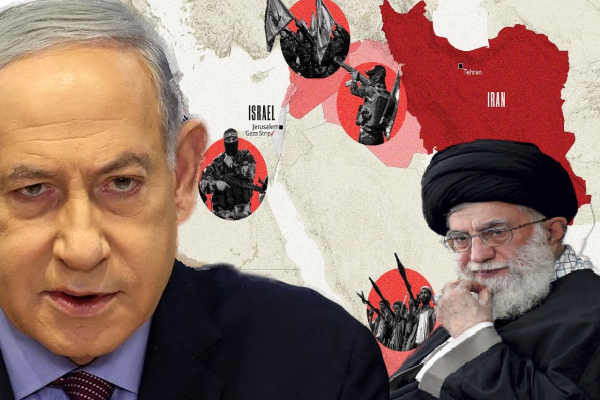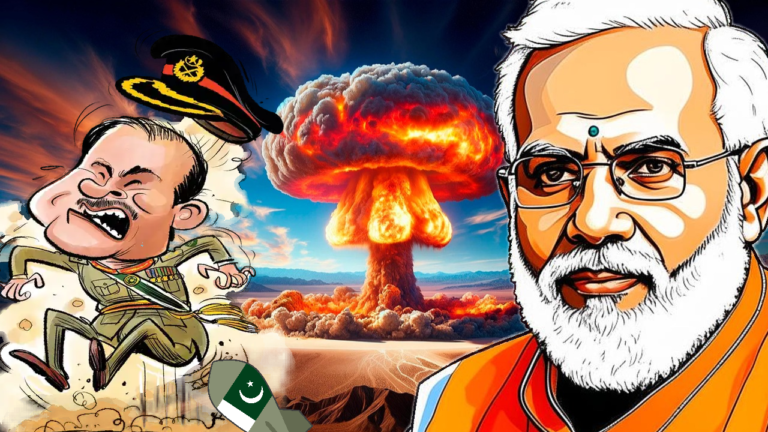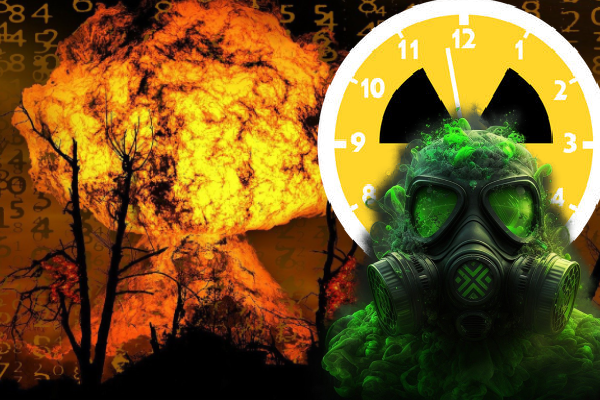The “Axis of Resistance” is a term that has gained prominence in Middle Eastern geopolitics over the past few decades. It refers to the coalition of states and non-state actors in the Middle East that oppose Western, particularly American, influence and policies in the region. The term has significant implications for understanding the power dynamics, conflicts, and alliances in the Middle East. This essay delves into the origins, key players, objectives, and impact of the Axis of Resistance.
The concept of the Axis of Resistance emerged in the early 2000s, but its roots can be traced back to the Iranian Revolution of 1979. The revolution marked the establishment of the Islamic Republic of Iran, which positioned itself against the United States and its allies, particularly Israel. Over the years, Iran has cultivated alliances with various groups and states that share its anti-Western stance. The Axis of Resistance formally began to take shape after the 2003 US-led invasion of Iraq. The invasion and subsequent occupation destabilized the region, creating a power vacuum that Iran and its allies sought to fill. The coalition includes Iran, Syria, Hezbollah in Lebanon, and various Shiite militias in Iraq, among others.

Iran is the central pillar of the Axis of Resistance. The country’s leadership, under the Islamic Revolutionary Guard Corps (IRGC), has pursued a strategy of supporting allied groups across the Middle East. Iran’s influence extends through financial aid, military training, and ideological guidance. The country’s strategic goal is to counterbalance US and Israeli power in the region, ensuring its own security and promoting its revolutionary ideals.
Syria, under the Assad regime, is another critical member of the Axis of Resistance. The Syrian government has long been an ally of Iran, and this relationship solidified further during the Syrian Civil War. Iran and Hezbollah provided crucial support to President Bashar al-Assad’s regime, helping it withstand both internal and external challenges. The survival of the Assad regime is pivotal for Iran’s strategy, providing a land corridor to Hezbollah in Lebanon.
Hezbollah, the Lebanese Shiite militant group, is perhaps the most formidable non-state actor within the Axis of Resistance. Founded in the 1980s with Iranian support, Hezbollah has grown into a powerful political and military force in Lebanon. The group is committed to resisting Israeli and Western influence and has engaged in several conflicts with Israel. Hezbollah’s military capabilities and its role in Lebanese politics make it a significant player in the region.
Various Shiite militias in Iraq, collectively known as the Popular Mobilization Forces (PMF), are also part of the Axis of Resistance. These groups, many of which have close ties to Iran, played a crucial role in the fight against ISIS. Post-ISIS, they continue to exert significant influence in Iraq, often acting as proxies for Iranian interests. Their presence contributes to Iran’s strategy of creating a contiguous zone of influence stretching from Tehran to the Mediterranean.
The primary objective of the Axis of Resistance is to counter US and Israeli influence in the Middle East. This overarching goal encompasses several specific aims. For member states like Iran and Syria, maintaining regime stability is paramount. The support network provided by the Axis of Resistance helps these regimes survive internal and external threats. In Syria, Iranian and Hezbollah support was crucial in turning the tide of the civil war in favor of the Assad regime.
The Axis of Resistance seeks to expand its influence across the Middle East. By supporting allied groups and fostering political alliances, the coalition aims to create a regional order that is more favorable to its interests. This includes extending Iran’s influence into Iraq, Syria, Lebanon, and beyond. A key component of the Axis of Resistance’s strategy is to deter its adversaries, particularly Israel and the United States. This is achieved through the development of military capabilities, including missile arsenals, and by creating a network of allied forces that can be mobilized in times of conflict. Hezbollah’s missile capabilities, for example, serve as a significant deterrent against Israeli military action.
The Axis of Resistance has had a profound impact on the geopolitics of the Middle East. It has reshaped alliances, fueled conflicts, and altered the balance of power in the region. The rise of the Axis of Resistance has led to shifting alliances in the Middle East. Traditional US allies, such as Saudi Arabia and Israel, have found common cause in countering Iranian influence. This has led to unprecedented cooperation between these states, including intelligence sharing and potential military collaboration.
The involvement of the Axis of Resistance in regional conflicts has often prolonged and intensified these conflicts. In Syria, the support provided by Iran and Hezbollah to the Assad regime has been instrumental in prolonging the civil war. Similarly, in Yemen, Iran’s support for the Houthi rebels has exacerbated the conflict and contributed to a humanitarian crisis. The Axis of Resistance has altered the balance of power in the Middle East. Iran’s influence has expanded significantly, challenging the dominance of traditional powers like Saudi Arabia. This has led to a more multipolar region, with multiple centers of power vying for influence.
Despite its successes, the Axis of Resistance faces several challenges and criticisms. The Axis of Resistance is not a monolithic entity, and internal divisions often surface. For example, the relationship between Syria and some Iraqi Shiite militias can be strained due to differing priorities and agendas. These internal divisions can undermine the cohesion and effectiveness of the coalition. Economic challenges, particularly those faced by Iran, can limit the resources available to support allied groups. US sanctions have severely impacted Iran’s economy, which in turn affects its ability to fund and supply its allies. This economic pressure can strain relationships within the Axis of Resistance.
The Axis of Resistance faces significant international criticism for its role in regional conflicts and its support for non-state actors like Hezbollah. Western countries, particularly the United States, view the coalition as a destabilizing force in the Middle East. This criticism often translates into diplomatic and economic pressure, further complicating the coalition’s efforts.
The Axis of Resistance is a complex and influential coalition that has reshaped the Middle Eastern geopolitical landscape. Its origins lie in the Iranian Revolution, and its evolution has been driven by the desire to counter US and Israeli influence. The coalition includes key players like Iran, Syria, Hezbollah, and various Iraqi militias, each contributing to the overarching objectives of regime stability, expanded influence, and deterrence.
While the Axis of Resistance has achieved significant successes, it also faces numerous challenges, including internal divisions, economic constraints, and international criticism. As the Middle East continues to evolve, the role and impact of the Axis of Resistance will remain a critical factor in understanding the region’s geopolitics.



